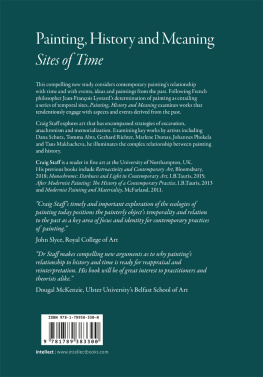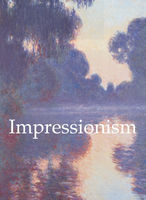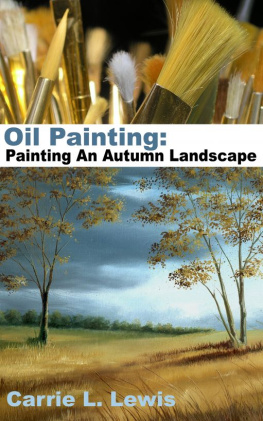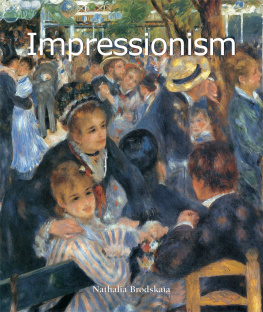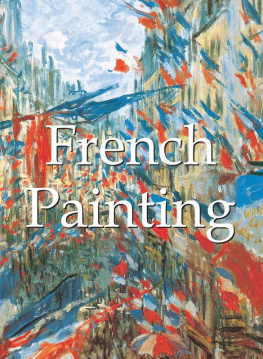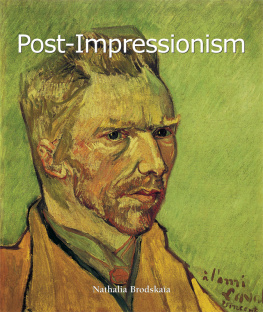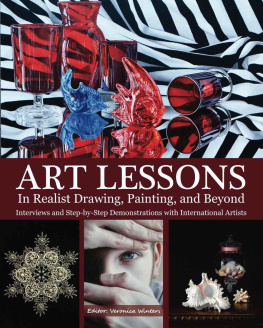Realism in the Age of Impressionism
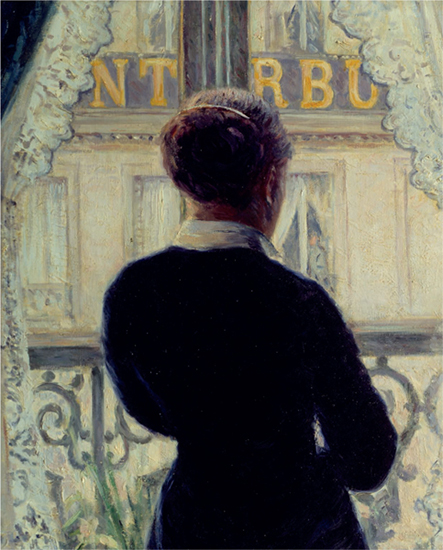
Realism in the Age of Impressionism
Painting and the Politics of Time
Marnin Young

Publication of this book has been aided by a grant from the Millard Meiss Publication Fund of the College Art Association.

Copyright 2015 by Marnin Young.
All rights reserved.
This book may not be reproduced, in whole or in part, including illustrations, in any form (beyond that copying permitted by Sections 107 and 108 of the U.S. Copyright Law and except by reviewers for the public press), without written permission from the publishers.
yalebooks.com/art
Designed by Leslie Fitch
Printed in China by Regent
Publishing Services Limited
Library of Congress Control
Number: 2014943612
ISBN 978-0-300-208320 (cloth); 978-0-300-21285-3 (e-book)
A catalogue record for this book is available from the British Library.
This paper meets the requirements of ANSI/NISO z39.481992 (Permanence of Paper).
10 9 8 7 6 5 4 3 2 1
Jacket illustrations: (front) Jean-Franois Raffalli, The Absinthe Drinkers (Les Dclasss), 1881 (detail of ).
Frontispiece: Gustave Caillebotte, Interior, Woman at the Window (Intrieur, femme la fentre), 1880 (detail of ).
For Gabrielle
CONTENTS
ACKNOWLEDGMENTS
The origins of this book can be traced to a question posed one day long ago at the University of California, Berkeley. Why, one of my professors asked, doesnt anyone write about Realism anymore? My name quickly appeared to fill the gap, and a thesis gradually followed. From start to finish, Tim Clark unstintingly supported my work, and I doubt anyone will be surprised to hear the depth of his engagement as a supervisor. The page after page of handwritten commentary on my dissertation, for example, would constitute an independent article. The substance of his response to my argument has guided my research and writing ever since, and his own work continues to serve as a model of art historical scholarship.
In the writing of any book, debts accumulate, and this one is no exception. Thanks are owed, most notably, to all those generous enough to offer help along the way. Ann Banfield and Anne Wagner both read my dissertation with seriousness and attention. They pushed me to refine both my logic and my rhetoric. Many other friends and colleagues from BerkeleyJennifer Bethke, J. P. Daughton, Whitney Davis, Andr Dombrowski, Strefan Fauble, Amy Freund, Darcy Grimaldo Grigsby, Sabine Kriebel, Katherine Kuenzli, Amy Lyford, Heather MacDonald, Jessica May, Mark Rosen, Michael Schreyach, and Josh Shannon, among othershave given feedback, support, and advice. Elsewhere, Sarah Betzer, Bonnie Blackwell, Jane Block, Babette Bohn, Michel Draguet, Jeffrey Freedman, Anne Frey, Andr Gunthert, Robert Hoozee, John House, Sura Levine, Seamus OMalley, Charles Palermo, Mark Thistlethwaite, Martha Ward, Malcolm Warner, Gabriel Weisberg, and Jacob Wisse have all taken an interest in my work and assisted in various ways. At Yeshiva University, I would like to thank Dean Karen Bacon, who provided funds to aid with the acquisition of reproductions. A generous grant from the Millard Meiss Publication Fund made it possible to obtain the remaining images.
Elements of this book have been presented publicly, and I should thank all those who listened and responded to my work at the College Art Association, the Getty Research Institute, the Midwest Art History Society, the Nineteenth-Century French Studies Annual Colloquium, and the Nineteenth Century Studies Conference. A shorter version of chapter 1 appeared under the title The Motionless Look of a Painting: Jules Bastien-Lepage, Les Foins, and the End of Realism in Art History 37, no. 1 (February 2014): 3867; chapter 4 was published in slightly different form as Heroic Indolence: Realism and the Politics of Time in Raffallis Absinthe Drinkers in The Art Bulletin 90, no. 2 (June 2008): 23559. The readers for both journals provided insightful commentary that greatly improved my analysis. Likewise the peer review at Yale University Press helped enormously with a later stage of revision.
In particular, Michael Fried gave detailed and very encouraging commentary on the entire manuscript. All the way through, as this book no doubt shows, Frieds command of period-specific art criticism and his account of the historical genesis of Modernism have informed my thinking and writing about nineteenth-century Realist painting.
I owe several of my colleagues a special debt of gratitude. Kevin Chua and Todd Cronan have been my key interlocutors during the genesis and realization of this book, and both of them have offered bountiful friendship and intellectual camaraderie. Kevin and I published reviews of Fredric Jamesons Antinomies of Realism at nonsite.org 11 (14 March 2014), and I would like to thank Todd for organizing the Tank on this subject and for facilitating Jamesons response. The opportunity helped me refine some thoughts about Realism and time, and elements of my review consequently reappear in the introduction of this book. Very generously, Bridget Alsdorf took time to read the entire manuscript at a late stage and gave extremely productive and insightful remarks when it mattered most. Her subtlety of thought and keen eyes have made me look afresh at each of the paintings I treat in this book.
At Yale University Press, Katherine Boller has been especially supportive since we first discussed the possibility of this book. Since then, Amy Canonico, Heidi Downey, Mary Mayer, and Tamara Schechter have offered vital assistance with its production. The attentive copyediting of Linda Truilo has made the text much clearer.
Finally, the contributions of my family have proved to be foundational and enduring. My grandmother, Frances Young, read parts of the text and provided essential support. My parents, Kristin Wilson and Frank Young, took me to museums before I could walk, and we continue the art historical conversation today. In the past few years, my own children have provided delight and distraction in equal share. Last, but not least, my wife, Gabrielle Larocque, has given unending help in the realization of this project. This book is for her.
Introduction
Le Ralisme, ctait Courbet
Charles Timbal, Gustave Courbet et le Ralisme, 1878
At the Exposition Universelle of 1878, a single painting by Gustave Courbet hung in the officially sanctioned Galerie des Beaux-Arts in Paris (
The absence of Courbets earlier works was felt in 1878. For mile Zola, it was nothing less than scandalous. They should have given Courbet an entire room at the Exposition Universelle, he wrote in his review of the fair, as they did for Delacroix and Ingres at the Exposition in 1855.

FIGURE 1
Gustave Courbet, The Wave (La Vague), 1870. Oil on canvas, 46 63 in. (117 160.5 cm). Muse dOrsay, Paris.
In the absence of any further knowledge of Realism and its political associations, a sophisticated fairgoer might well have assimilated her viewing of Courbet to other, more topical frames of reference. Clouds zoom by rapidly in the evening sky: in a few minutes, color and form will change. Three or four brushstrokes must suffice to fix the fugitive imagethis is Paul Mantz seeking to define Impressionism in 1877, but it might just as well describe
Next page

